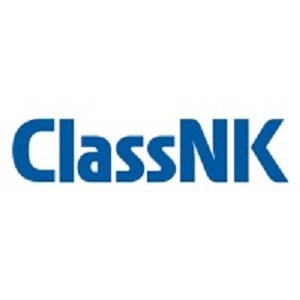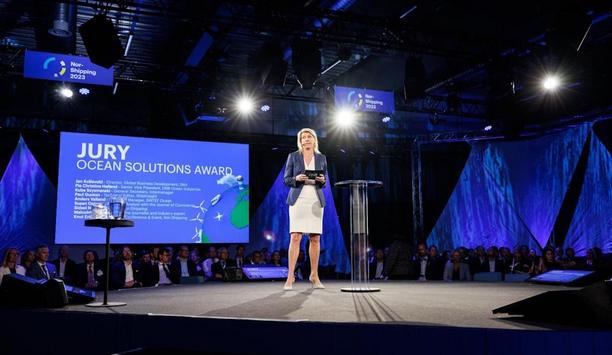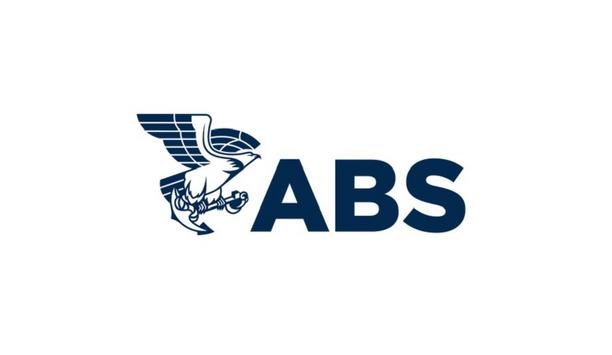ClassNK has upgraded the data linkage system between its design support software “PrimeShip-HULL” and NAPA’s 3D Computer-Aided Design (CAD) software “NAPA Designer”. As 3D CAD software’s capability improves, the shipbuilding industry has recently been accelerating a transformation of the design process using 3D technology.
Application Programming Interface
ClassNK has accordingly enhanced the data linkage system between its design support software, PrimeShip-HULL, and 3D design systems to streamline the design process. Furthermore, the society has collaborated with industry players on a study to facilitate the ship design process, including a plan approval using 3D models.
The latest upgrade of PrimeShip-HULL’s system enables users to carry out prescriptive calculations and direct strength calculations on NAPA Designer seamlessly by utilising NAPA’s Application Programming Interface (API) to the full extent.
30% less time
Dimension amendments following the calculations can be directly reflected in the 3D models of NAPA Designer
In addition, dimension amendments following the calculations can be directly reflected in the 3D models of NAPA Designer. As a result, the person-hours required for data linkage have been reduced by more than 30% compared to the conventional method, relying on intermediate files, while also improving the accuracy of linkage.
The new function is currently available for bulk carriers and oil tankers applying CSR BC & OT harmonised requirements. The scope will be expanded to more ship types and structures in the future.
3D technologies in the shipbuilding industry
Dr. Toshiro Arima, Corporate Officer, Director of Rule Development and ICT Division at ClassNK said, “As the capabilities of 3D computer-aided design software improve, we see an acceleration in the use of 3D technologies in the shipbuilding industry. At ClassNK, we are dedicated to supporting this transition with a powerful software environment that puts 3D models at the forefront to facilitate approval and collaboration between all partners."
"Today’s announcement builds on previous collaboration with partners on a study to facilitate the class approval process using 3D models, and we are proud to be at the forefront of innovation on this vital issue.”
Increased efficiency, reducing the risk of errors
Tapio Hulkkonen, NAPA Design Solutions Director, Product Management, said, “The use of 3D models throughout the design process of a ship, including for the class approval process, is an integral part of the future of naval architecture."
"At NAPA, we are proud to drive this vital transition forward, by developing solutions that enable all stakeholders to collaborate on the same 3D model, instead of wasting time and resources on multiple conversions to 2D drawings. This makes the design process more efficient, saves time and money, and reduces the risk of errors. At a time when ship designers and engineers need to innovate rapidly to create more efficient vessels and continue to raise safety standards, this couldn’t be more important.”











